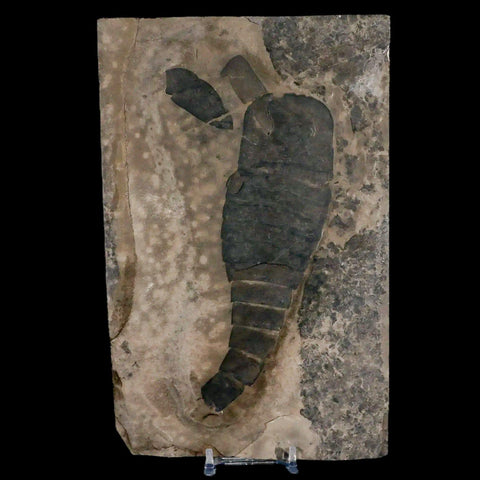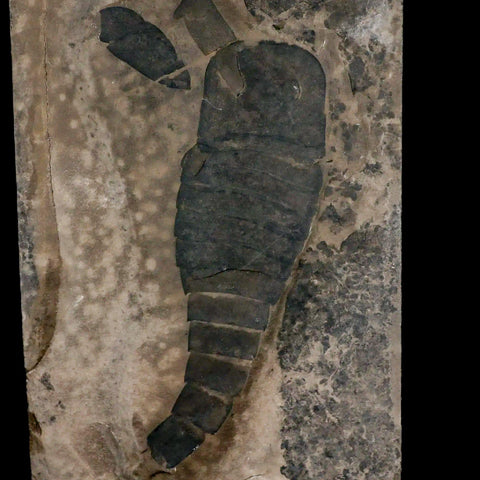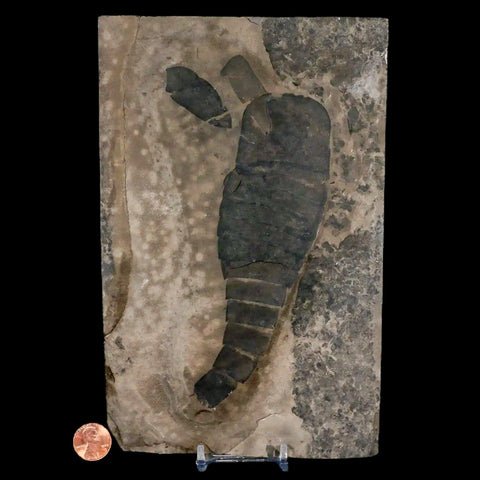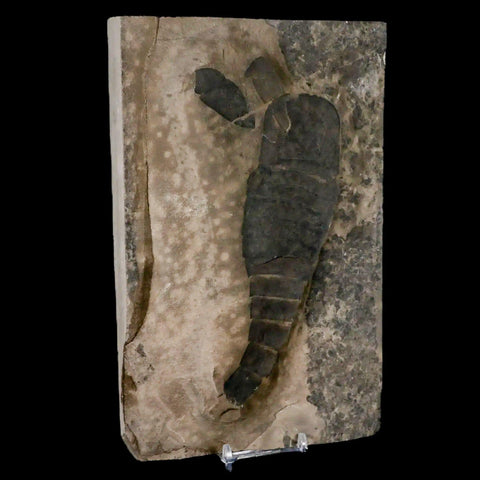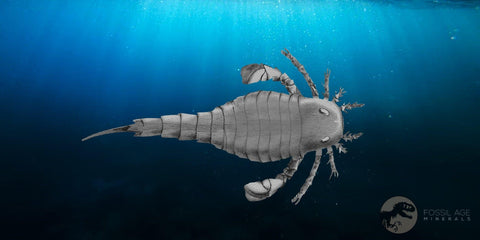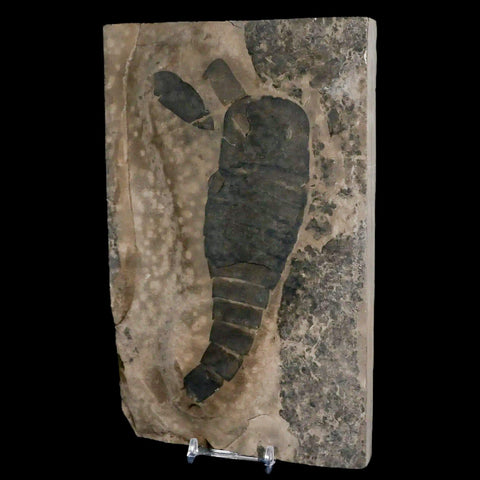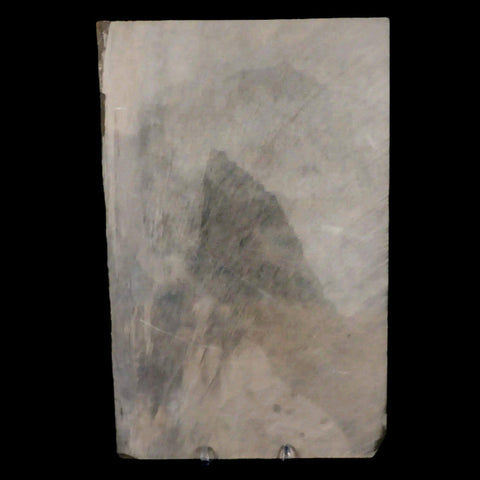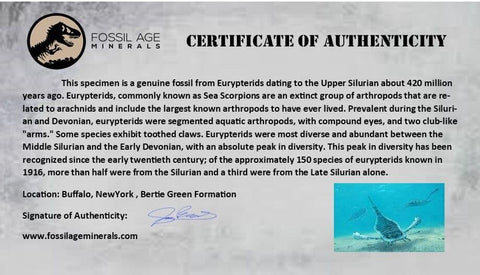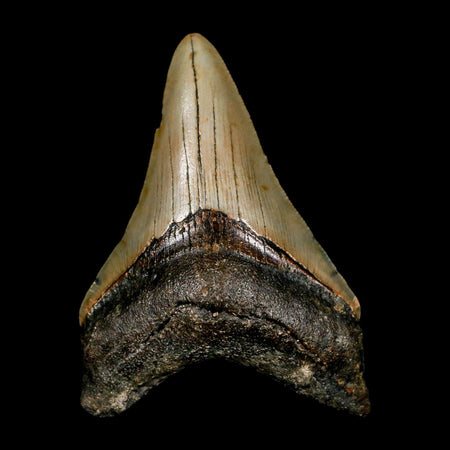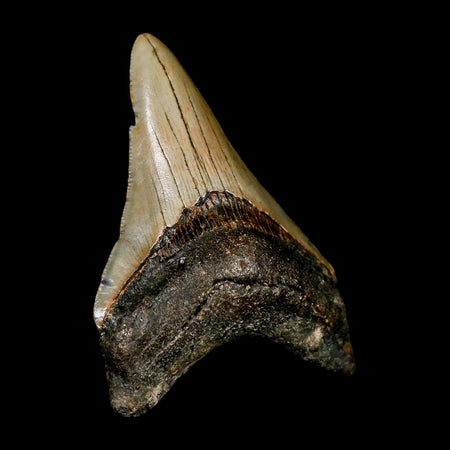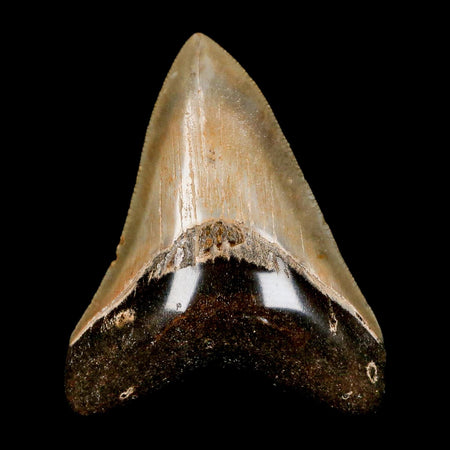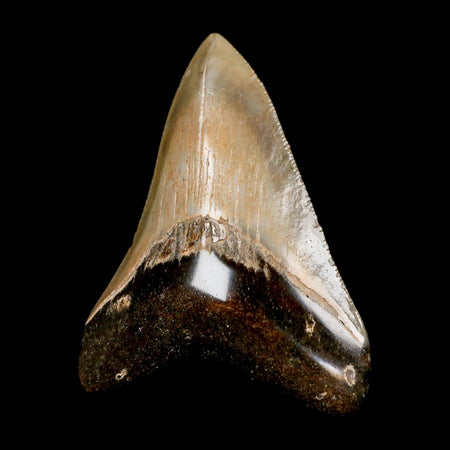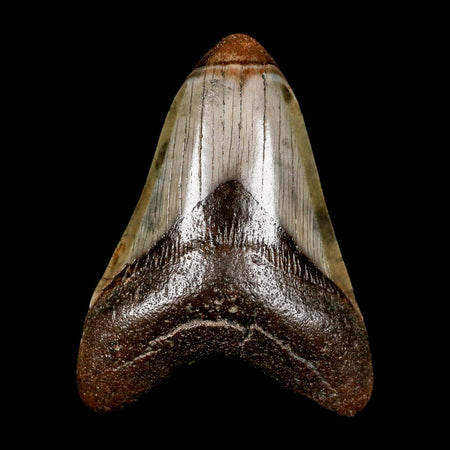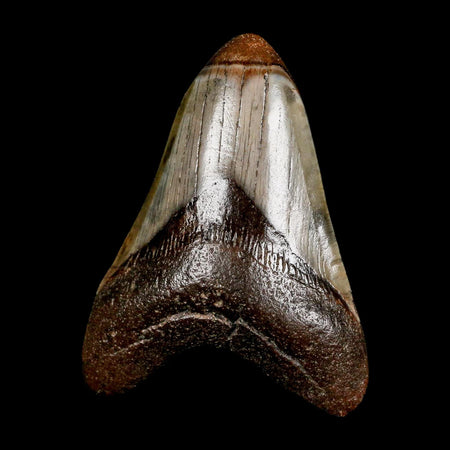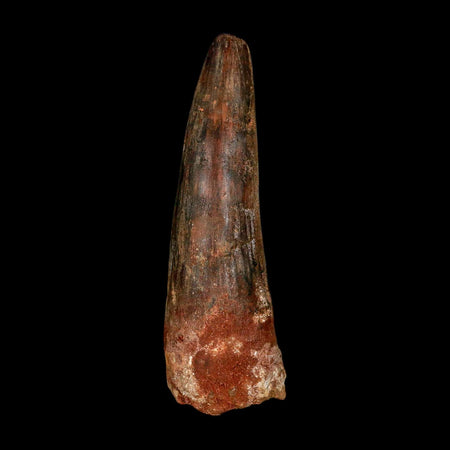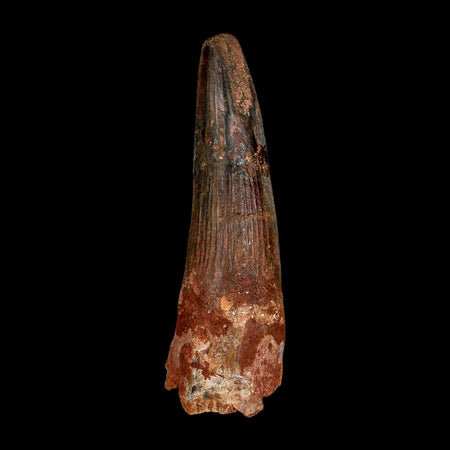6.5" Eurypterus Sea Scorpion Fossil Eurypterid Silurian 420 Mil Yrs Old New York Stand
Location: Buffalo, New York, Bertie Green Formation
Weight: 3 Pounds 8.9 Ounces
Dimensions: 8.2 Inches Long, 5.2 Inches Wide, 1.2 Inches Thick (Plate)
Sea Scorpion Dimensions: 6.5 Inches Long, 3 Inches Wide
Come with a Free Stand.
Comes with a Certificate of Authenticity.
The item pictured is the one you will receive.
Upper Silurian, 420 Million Years old
Eurypterids, commonly referred to as “sea scorpions,” are an extinct group of arthropods that thrived during the Paleozoic era, particularly from the Ordovician to the Permian periods (approximately 485 to 250 million years ago). These fascinating creatures are part of the class Merostomata and are closely related to modern horseshoe crabs. Their name derives from the Greek words “eurys,” meaning “wide,” and “pteron,” meaning “wing” or “fin,” which reflects their broad, flattened appendages.
Morphology and Anatomy
Eurypterids came in many sizes, ranging from just a few centimeters to more than two meters long. Their bodies were divided into three main sections: the prosoma (head), mesosome (thorax), and metasoma (abdomen). The prosoma had compound eyes and various limbs, including chelicerae, which helped them catch prey. The mesosome held several pairs of walking legs, and the metasoma usually ended with a pointed tail spine called a telson. Their exoskeleton was made of chitin, offering protection from predators. Some eurypterids also had gills, enabling them to live in both saltwater and freshwater environments.
Ecology and Behavior
Eurypterids were predominantly carnivorous predators that fed on smaller marine animals such as fish, mollusks, and other invertebrates. Evidence of their diet is preserved in fossilized stomach contents in some specimens. They likely used ambush strategies or actively pursued prey, relying on their numerous legs for swift movement. Fossil records indicate eurypterids occupied diverse ecological niches, with some species adapted to shallow coastal waters and others inhabiting deeper marine or freshwater environments. This ecological flexibility played a key role in their evolutionary success during the Paleozoic era.
Extinction
The decline of eurypterids occurred near the close of the Paleozoic era, culminating in their extinction during the Permian-Triassic mass extinction about 252 million years ago. This event stands as one of Earth's most severe biodiversity crises, eliminating roughly 90% of marine species. Multiple factors—such as climate change, volcanic eruptions, and sea level fluctuations—contributed to this extinction, and eurypterids were unable to withstand these profound environmental changes.



